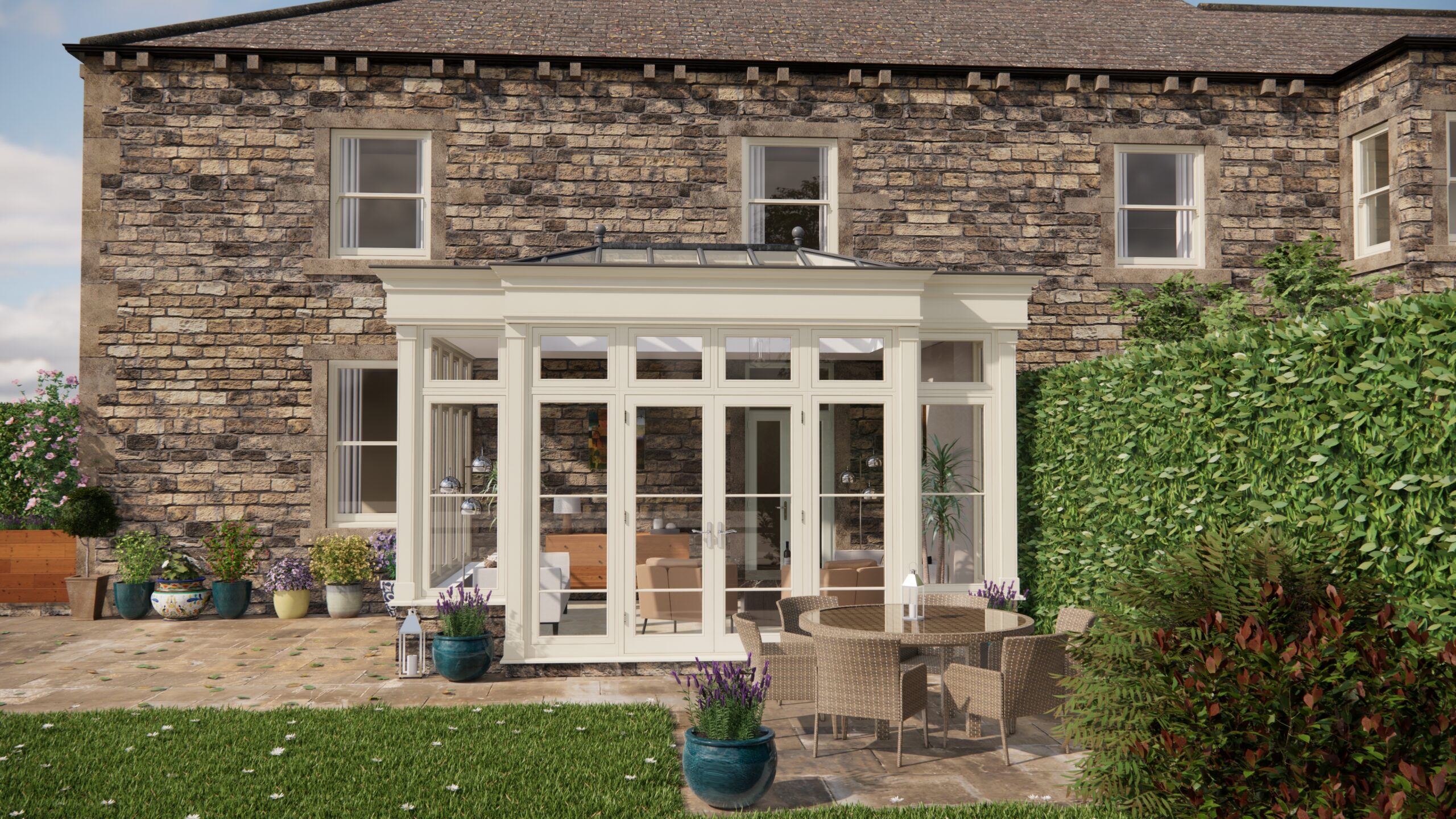Right, let’s talk about light. Not just any light, but the kind that whispers to your body, nudging it awake and gently tucking it in at night. For the past few months, I’ve been diving deep into the world of circadian rhythms and how our homes can either sabotage or support them. It all started with a particularly gruesome bout of insomnia (thanks, late-night deadlines!) and a growing suspicion that my meticulously curated home was actually contributing to my woes.
My investigation led me to articles about wellness, home design for exercise and relaxation, and the sheer power of natural light and ventilation on our physical and mental wellbeing. I quickly realised that my house, despite being lovely, was essentially a poorly programmed bio-hack. Time to fix it.
First, a quick science lesson: your circadian rhythm is essentially your body’s internal 24-hour clock. It governs sleep-wake cycles, hormone release, and even body temperature. Disrupting it – through things like inconsistent sleep schedules, too much artificial light at night, and not enough natural light during the day – can lead to everything from poor sleep and mood swings to more serious health issues.
Phase 1: Taming the Light Monster (Evening Edition)
The first step, and possibly the hardest, was to tackle the evening light situation. I was a culprit, bathed in the blue glow of screens and harsh overhead lighting right up until bedtime. My initial goal was simple: no screens at least an hour before bed. Easier said than done! I swapped my harsh ceiling lights for softer, warmer bedside lamps with low-wattage bulbs. Even better, I’ve started experimenting with red-toned lights in the evenings, which have been shown to have less impact on melatonin production. You can easily find these online. Give it a try, even if it sounds odd at first. I felt like I was living in a submarine for the first week, but now I don’t even notice it.
Phase 2: Embracing the Sunrise (Morning Glory)
Next, I tackled the morning. I’m naturally a night owl, so the thought of opening the curtains at sunrise filled me with dread. But, the research was undeniable: exposure to natural light in the morning helps to suppress melatonin production and kick-starts your body’s wake-up processes. I started small. I set an alarm for 15 minutes earlier each day and forced myself to sit by the window with my morning cuppa, even on cloudy days. On particularly grim days, I now use a ‘sunrise alarm clock’ that gradually brightens, mimicking the dawn. A smart lighting system can achieve a similar effect, gradually increasing light intensity and shifting colour temperature to mimic the sunrise. Honestly, this single change has made a noticeable difference in my energy levels and overall mood throughout the day.
Phase 3: Ventilation and the Great Outdoors (Orangeries and Yoga)
But it’s not just about light. Air quality and access to the outdoors play a huge role. I’ve always loved yoga, but practicing in my cluttered living room never felt quite right. I started by making small changes, clearing out a dedicated space, and investing in a decent yoga mat. Opening the windows during my practice makes a big difference, bringing in fresh air and a sense of connection with nature. I’ve started looking into incorporating an orangery into my home; the combination of natural light, ventilation, and plant life would create an ideal space for yoga and meditation. Even without an orangery, houseplants can improve air quality and bring a touch of the outdoors inside.
For those with smaller spaces, even a simple daily walk in nature can work wonders. We bought a puppy and this instantly meant we spent more time outside, even when the weather was poor. The effect on mental health was instant.
Phase 4: Consistency is Key
Finally, the most challenging aspect: consistency. There will be days when you want to stay up late binge-watching TV, or when the weather is so miserable that you’re tempted to stay inside with the curtains drawn. Try to adhere to a relatively consistent sleep-wake schedule, even on weekends. This helps to reinforce your circadian rhythm and makes it easier to fall asleep and wake up naturally.
My journey to syncing my home with natural light cycles has been a gradual process of experimentation and adjustment. It’s about creating a home environment that works with your body’s natural rhythms, rather than against them. By prioritizing natural light and ventilation, embracing mindful lighting choices, and establishing consistent routines, you can unlock a wealth of benefits for your physical and mental wellbeing. It might feel small at first, the extra light in the morning or the air after a rainy day, but it all adds up. Give it a shot, what do you have to lose?


